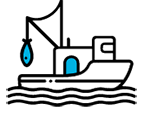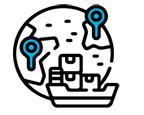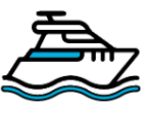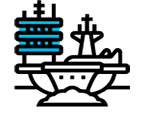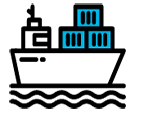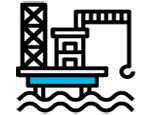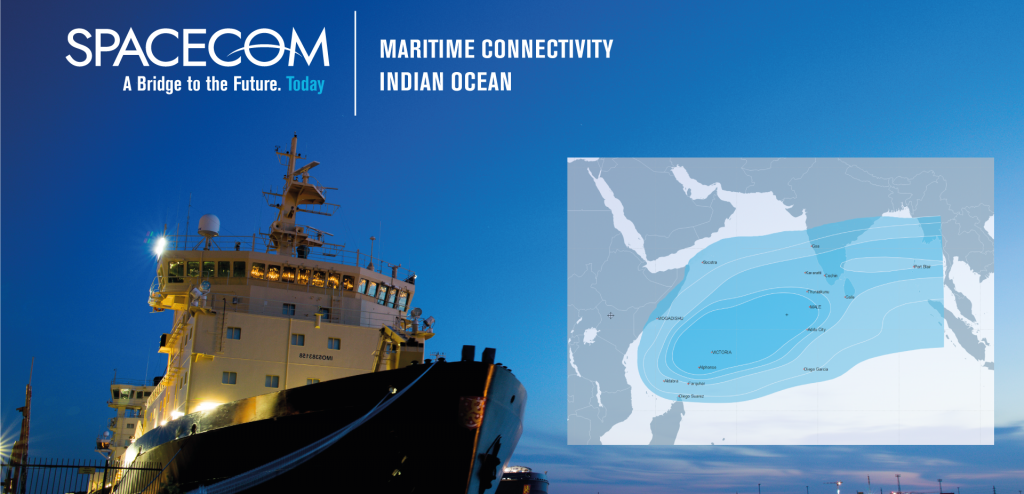FAQ
Most frequent questions and answers
The Tv channels you will have to receive depends on the size of dish you’re using and also the satellite you faced your dish to. You have the choice of Ku band which usually needs the 90cm dish (dstv size) but the number of stations you will receive won’t be much. If you’re using 1.8m or 2.5m dish you will need C-band lnbf and that means more stations. Depending on the satellite, it can be as much as 40 to 80 channels for 1.8 and 2.5 m dish respectively. You have to bear in mind that what you’re using is free-to-air and not pay Tv so the type of channels u might receive will not be the best but they will be worth it. You will be glad you did at the long run.
- Ku-band permits the use of smaller antennas that are aesthetically better and much cheaper than C-band.
A typical Ku-band antenna ranges from about 50cm to 1.2m and a typical C-band antenna ranges from 1.8m, 2.4m, 3.8m etc. - Ku-band requires less radio power than C-band to provide the same signal strength thus allowing a smaller antenna.
- The cost of C-band equipment and installation is much higher than that of Ku-band.
- C-band transmits at a lower frequency (around 4 MHz), while Ku band transmits at about 11 to 12 GHz.
- C-band dishes usually come with a larger size than Ku-band satellite antennas.
- Some satellites transmit both C and KU band frequencies. E.g Intelsat 7/10, therefore for one to receive channels from the two frequencies, one needs a big dish that will be able to work with the C band signal and as well work for the KU signal.
The person can then choose to either provide two lnbs for the two signals or purchase a universal lnb that can receive signals across the C band and KU band frequencies - For people who always ask, the whole thing is like the VHF and UHF TV signals we use to deal with back in the day. TVs back then used to have separate knobs for tuning VHF and UHF frequencies until oyibo decided that everything should be pressed with a button and that left a lot of younger folks not knowing anything about the frequencies of TV channels they watch every day.
The FTA platform can be downlink in West Africa, Francophone Africa, and Sub Sahara countries.
See coverage map above.
In order to downlink our video platform, you will need:
- To install an 80cm KU band TVRO antenna.
- A standard STB (Receiver) that support DVBS2 ,QPSK ,MPEG4 video formats.
All you need is just the money for the equipment: Dish, LNBF, Receiver or Decoder, and RF cables. It’s cheaper than you can imagine.
Installation is easy. You can call on Installer wherever you purchase the above accessories or better still DIY it i.e do it yourself. To do it yourself, Just assemble the dish with the manual, mount the LNB/F on the dish and connect the Rf cable to it and then connect the end of the cable to your receiver(decoder). connect the Video and audio outputs from the receiver to the appropriate ports of your TV. You are ready to start; put on everything (TV and receiver) with the remote control, go to the installation menu of your receiver and put in the TP frequency and Symbol rate of the channel in the satellite you wish to locate.
Here are the downlink details for the KU band broadcast platform on AMOS-17:
- Downlink Frequency: 12,216.146 MHz
- Polarity: Vertical
- Symbol Rate: 30.0Msyb
- FEC & MOD: QPSK 1/2 DVBS2
Spacecom’s FTA platform includes the following services:
- Uplink system
- Multiplexing and Encoding
- Playout services
- IP connectivity
- 24/7 NOC support.
